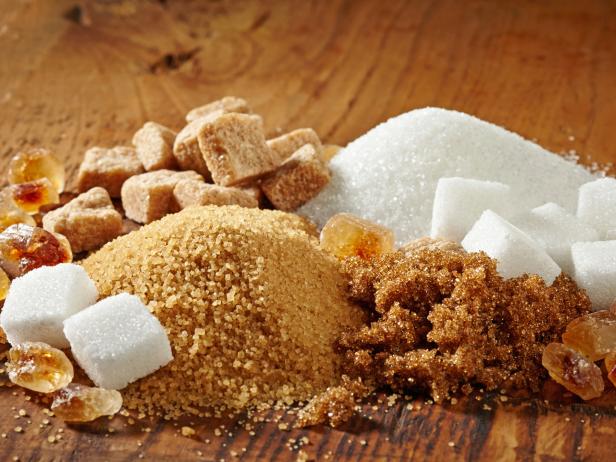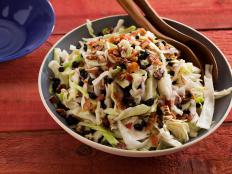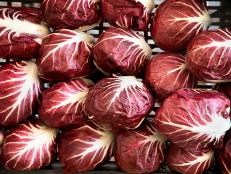Why Should We Care About Added Sugar?

The biggest buzz surrounding the revamped Nutrition Facts label recently unveiled at the Partnership for a Healthier America Summit is the news that added sugars (not just total sugars) will be required on food packaging.
“‘Added sugar’ means anything that’s used to sweeten a product beyond any sugars that occur naturally in that food,” explains Libby Mills, RD, spokesperson for the Academy of Nutrition and Dietetics. And once that info is on the label in black and white, you’ll no longer be able to kid yourself into thinking added sugars are found only in sweets, sodas and baked goods. “Sugar is added to a variety of ‘healthy’ foods — including salad dressing, tomato sauce, soups, breads and yogurt,” says Mills. “Places you wouldn’t necessarily expect to find it.”
The problem with added sugar is that it’s basically adding empty calories to whatever you’re eating. “You’re getting the calories without much nutrition to go with it,” says Mills. “And that can contribute to weight gain, tooth decay, diabetes and numerous other health issues. The American Heart Association guidelines call for no more than six teaspoons a day of added sugar for women and nine for men.
And while it’s great that added sugar is now on everyone’s radar, the label changes won’t happen overnight. The new labeling rules aren’t mandatory until 2018 (2019 for food manufacturers with less than $10 million in annual sales). In the meantime, it’s still up to consumers to do their best to sleuth out added sugars on their own.
The only way to do that is to carefully read ingredient labels to look for added sources of sugar. “If it falls in the top half of the ingredient list, a good portion of the total sugar grams are probably coming from added sugars,” says Mills. But don’t just look for the word “sugar.”
The sweet stuff has dozens of aliases, including the following — all of which count as “added sugar” in the product you’re eating: sucrose, fructose, glucose, dextrose, galactose, lactose, maltose, cane sugar, raw sugar, turbinado sugar, brown sugar, confectioners’ sugar, granulated sugar, corn syrup, high-fructose corn syrup, evaporated cane juice, honey, maple syrup, molasses, agave, honey, brown rice syrup, date sugar, coconut sugar.
Sally Wadyka is a Boulder, Colorado-based journalist who writes about nutrition, health and wellness.

































